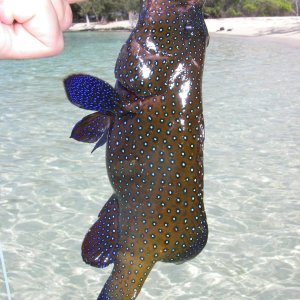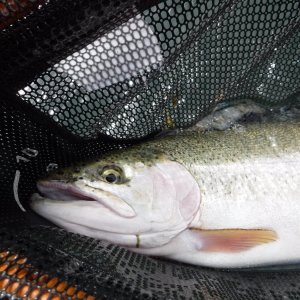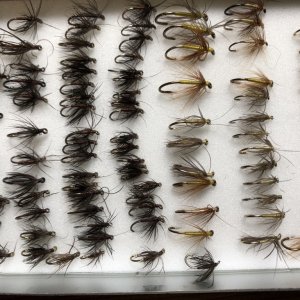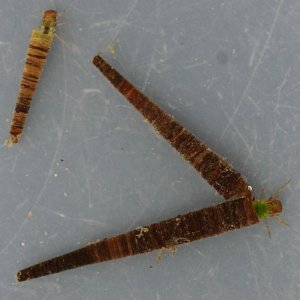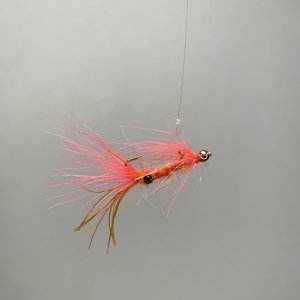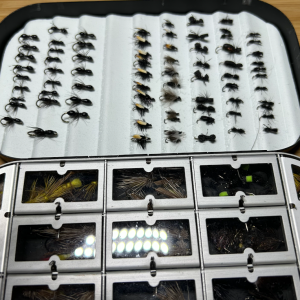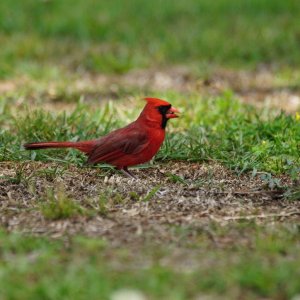Flymph
Steelhead
Has anyone on this forum performed this type of rod repair with long lasting success?
I fixed a favorite Rod with a break in the mid by finding an old rod section that fit the area inside, matched the taper, roughed the surface, and epoxied it in, worked great and is neither clunky nor heavy. No change in casting that I can decern. It fought a lot of big Browns and Rainbows over the last 5 years without a hitch.



I fixed a favorite Rod with a break in the mid by finding an old rod section that fit the area inside, matched the taper, roughed the surface, and epoxied it in, worked great and is neither clunky nor heavy. No change in casting that I can decern. It fought a lot of big Browns and Rainbows over the last 5 years without a hitch.
|
| This image has been resized. Click this bar to view the full image. The original image is sized 2448x1087. |

| This image has been resized. Click this bar to view the full image. The original image is sized 2448x1209. |

| This image has been resized. Click this bar to view the full image. The original image is sized 2448x985. |



